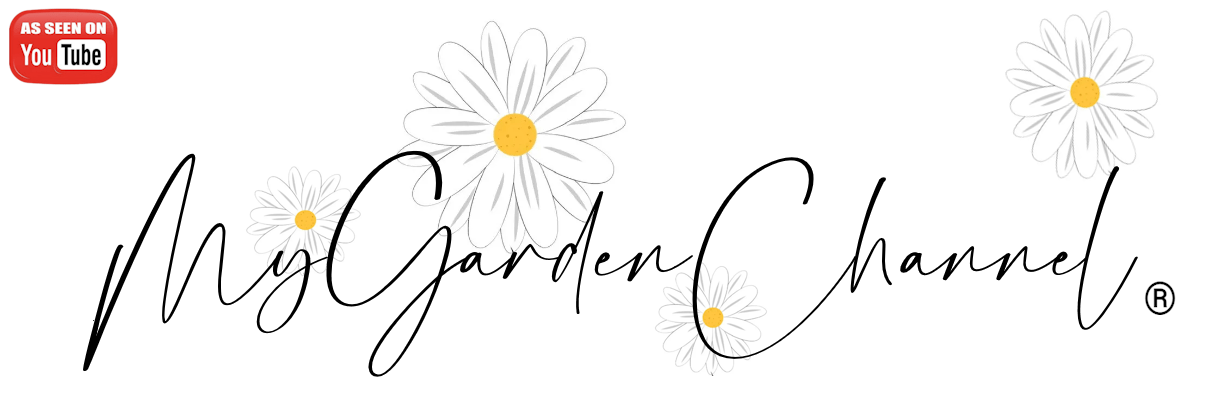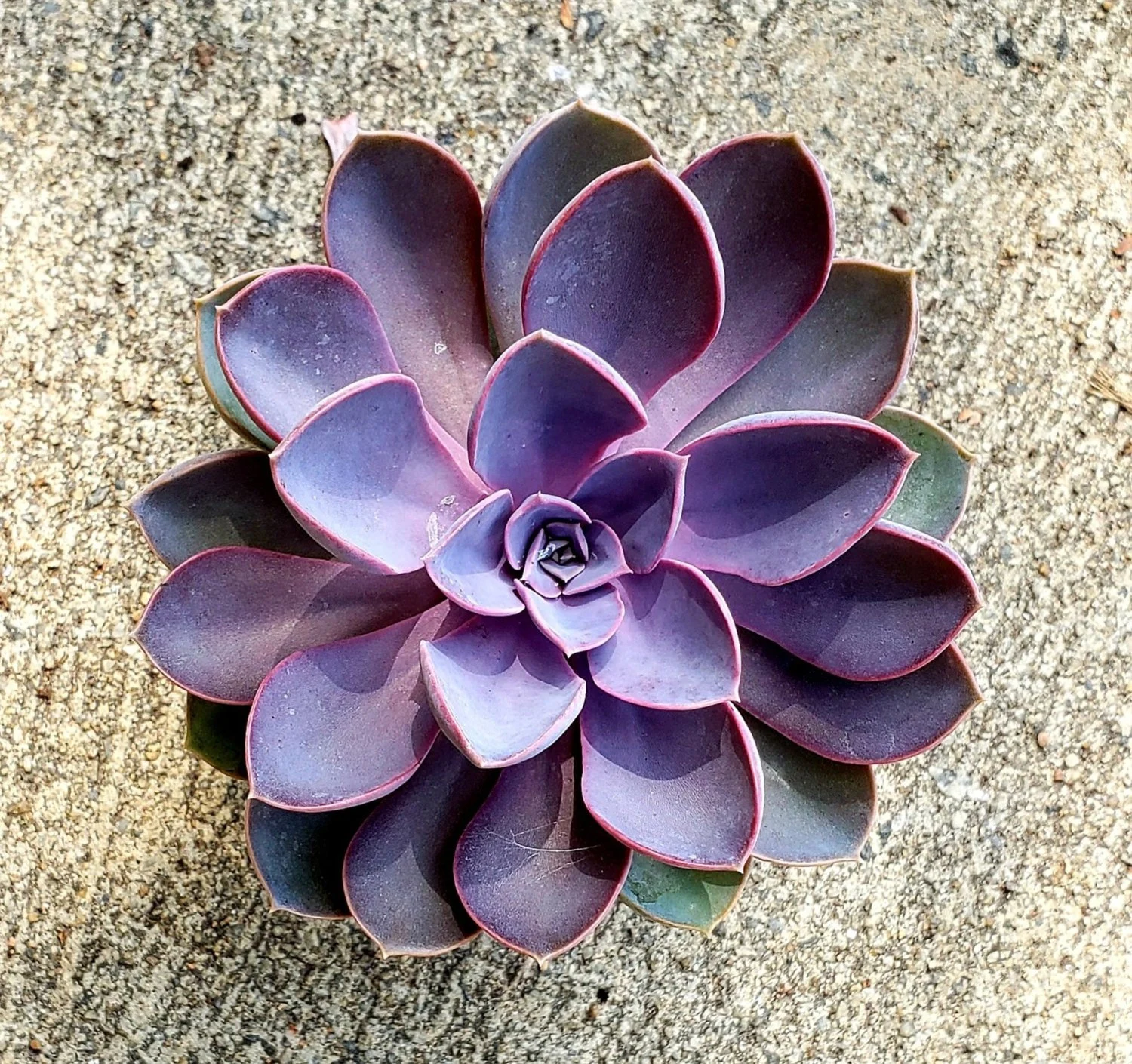Purple Pearl Echeveria (Echeveria ‘Purple Pearl’) is a beautiful succulent known for its striking rosette shape and unique purple-gray leaves that can take on a pinkish hue when exposed to the right conditions. It’s a popular choice for succulent collections, container gardening, and as a decorative indoor plant. Here’s a care guide to help your Purple Pearl Echeveria thrive:
1. Light Requirements:
- Full Sun to Bright, Indirect Light: Purple Pearl Echeveria thrives in bright, direct sunlight. The more sunlight it receives, the more intense its colors will be, with the leaves turning a vibrant purple-pink under full sun.
- Indoor Placement: If kept indoors, place it in a sunny window where it can get at least 6 hours of sunlight a day.
- Avoid Low Light: In low light conditions, the plant may become leggy, and its color will fade.
2. Watering:
- Water Sparingly: Like most succulents, Purple Pearl Echeveria is drought-tolerant and prefers to be watered deeply but infrequently. Let the soil dry out completely between waterings.
- Use the “Soak and Dry” Method: Water thoroughly, but ensure that the pot drains well. Avoid letting the plant sit in water to prevent root rot.
- Reduce Watering in Winter: In the winter months, when the plant is not actively growing, reduce watering significantly. You can water once every 3-4 weeks.
3. Soil:
- Well-Draining Soil: Echeveria prefers well-draining soil, such as a cactus or succulent mix. You can also add perlite or sand to regular potting soil to improve drainage.
- Avoid Moist, Heavy Soils: Ensure the soil is loose and does not retain excessive moisture, as this can lead to root rot.
4. Temperature:
- Warm Temperatures: Purple Pearl Echeveria thrives in warm temperatures between 65-85°F (18-29°C).
- Cold Sensitivity: It is not frost-tolerant and should be brought indoors if you live in a colder climate. Protect it from temperatures below 40°F (4°C), as it can suffer from cold damage.
- Ideal for Indoor Placement: If growing indoors, keep it in a room with stable temperatures and avoid placing it in direct line of cold drafts.
5. Humidity:
- Low Humidity: Purple Pearl Echeveria prefers low humidity environments, typical of many succulents. Ensure good air circulation around the plant to keep it healthy.
6. Fertilizing:
- Light Feeding: During the growing season (spring and summer), you can fertilize once a month with a diluted, balanced, liquid fertilizer. Avoid using a high-nitrogen fertilizer, as this can cause the plant to grow too quickly and lose its compact rosette shape.
- No Fertilization in Winter: During the winter months, reduce or stop fertilizing, as the plant is in a dormant phase and doesn’t require extra nutrients.
7. Pruning and Maintenance:
- Remove Dead Leaves: Regularly remove any dead or dried-up leaves from the base of the rosette to keep the plant looking tidy and prevent any disease or pest issues.
- Prevent Overgrowth: If the plant starts to grow leggy, you can trim the tips, but avoid cutting the rosette itself, as this can harm the plant.
- Re-potting: Purple Pearl Echeveria generally does not need frequent re-potting. Consider re-potting it every 1-2 years to refresh the soil and give the roots more space as it grows.
8. Pests and Problems:
- Common Pests: Like other succulents, Purple Pearl Echeveria can attract pests such as aphids, mealybugs, and scale. Inspect the plant regularly and remove any pests manually or treat it with insecticidal soap if necessary.
- Signs of Overwatering: Overwatering can lead to root rot, which may cause the plant to develop mushy or discolored leaves. If this occurs, remove the affected leaves and let the plant dry out before replanting it in fresh soil.
- Leggy Growth: If the plant becomes leggy, it may not be getting enough light. Move it to a sunnier location to help it maintain its compact, rosette form.
9. Propagation:
- Leaf Cuttings: Purple Pearl Echeveria can be propagated through leaf cuttings. Gently remove a healthy leaf from the rosette, and let it dry out for a day or two to prevent rot. Afterward, place the leaf on well-draining soil, and it will develop roots after a few weeks.
- Offsets: If the plant has any offsets (pups) growing at the base, you can remove and replant them in separate pots.
10. Toxicity:
- Non-Toxic to Pets: Purple Pearl Echeveria is non-toxic to pets, making it a safe option for households with cats and dogs.
11. Outdoor Care:
- Hardiness: If you live in a warm climate (USDA Zones 9-11), you can grow Purple Pearl Echeveria outdoors in containers or as part of a succulent garden. It works well in rock gardens, raised beds, or hanging planters.
Purple Pearl Echeveria is a low-maintenance plant with stunning aesthetics. With proper care, it will add vibrant color and texture to your garden or indoor plant collection.


